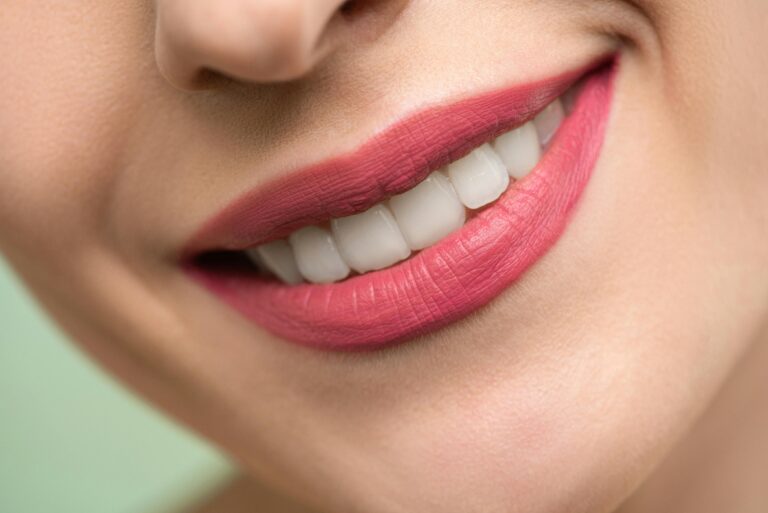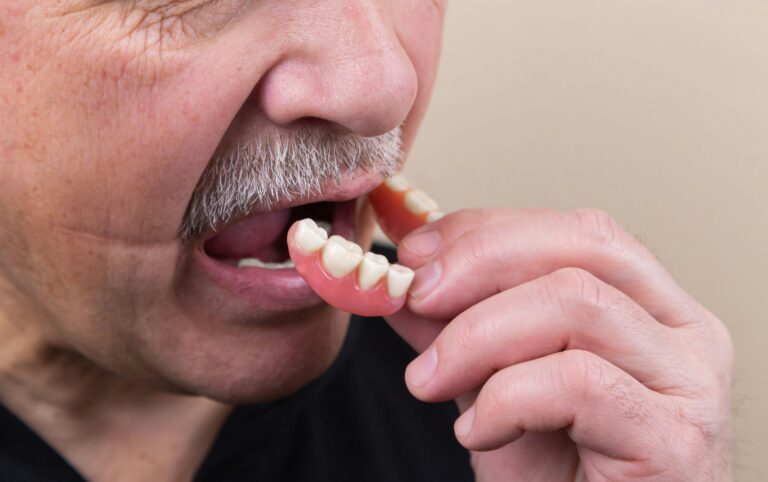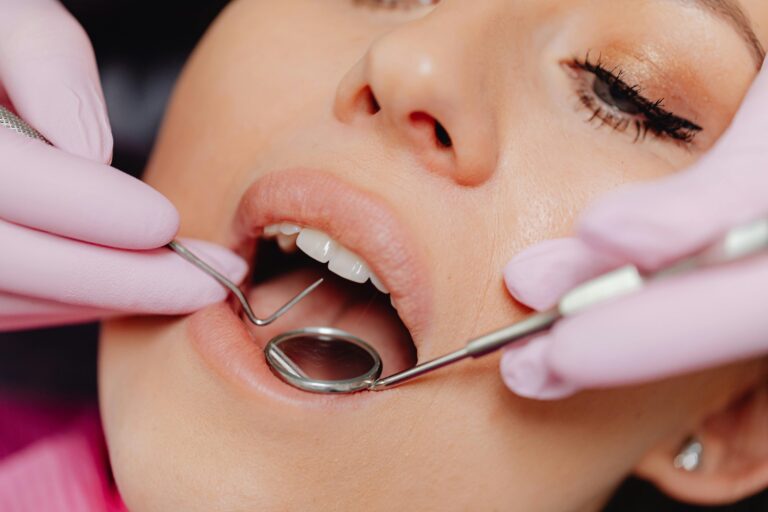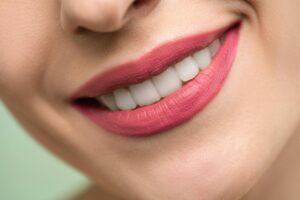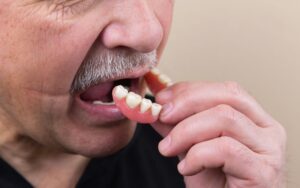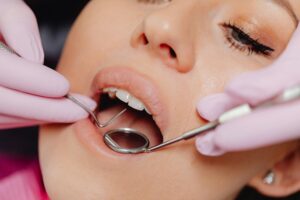Wine lovers often ponder the effects of their favourite beverage on their dental health. The question arises: is white wine better for your teeth than red wine?
Both red and white wines have their pros and cons when it comes to dental health. Red wine, known for its dark pigments, can cause teeth staining. On the other hand, white wine, while less staining, is more acidic and can erode tooth enamel over time.
This article aims to delve into the impact of white wine on dental health, particularly in comparison to red wine. We’ll provide evidence-based information on how each type of wine affects teeth. We’ll also offer practical advice for maintaining good dental health while enjoying wine.
Whether you’re a casual wine drinker or a connoisseur, understanding the effects of wine on your teeth is crucial. So, let’s explore the world of wine and dental health together.
Stay tuned to make healthier choices regarding your wine consumption and oral hygiene.
The Impact of Wine on Dental Health
Wine, whether red or white, carries implications for dental health that many might not immediately consider. Both types have low pH levels, meaning they are acidic, and this acidity is a central concern.
Acidic drinks can soften the enamel, which is the protective outer layer of our teeth. Enamel erosion can lead to increased sensitivity and higher susceptibility to decay. Over time, this erosion could compromise dental health significantly if not managed properly.
In addition to acidity, red wine contains chromogens, which are compounds that give it its rich colour. Unfortunately, chromogens can bind to enamel, leading to noticeable teeth staining. This staining can be challenging to reverse without professional intervention.
White wine also poses risks despite being less prone to stain. Its high acidity can make teeth more vulnerable to staining by other foods and drinks. Thus, neither wine type is wholly benign when it comes to teeth.
Understanding these impacts helps wine enthusiasts make informed choices. Implementing protective measures can minimise potential damage, allowing you to enjoy your favourite glass without jeopardising your dental health.
Red vs. White Wine: Staining and Acidity
Red wine is notorious for leaving teeth stained, thanks to its dark pigments. These pigments, known as chromogens, adhere to enamel and create stubborn discoloration. Over time, frequent consumption can lead to noticeable teeth staining.
In contrast, white wine does not significantly contribute to staining. However, it is more acidic than red wine. This increased acidity softens enamel, creating a greater risk for teeth stains from other foods or beverages.
Acidity levels are critical when considering dental health impacts. Both red and white wines have a low pH, indicating high acidity, which gradually erodes enamel. Once enamel is worn away, it cannot regenerate, leading to permanent changes in tooth structure.
While red wine’s tannins contribute to its astringent taste and tooth staining, white wine’s impact is more nuanced. The erosion caused by its acidity can intensify sensitivity and make teeth prone to other aesthetic issues.
Choosing between red and white wine requires understanding these distinct characteristics. Moderating intake and taking protective measures can mitigate enamel wear and discoloration, allowing enjoyment of wine with fewer dental health concerns.
The Role of Polyphenols in Dental Health
Polyphenols are compounds that can offer surprising benefits for oral health. Red wine is rich in these beneficial compounds, including resveratrol. Research indicates resveratrol may help reduce inflammation in the mouth.
Polyphenols may also have antibacterial properties, potentially reducing harmful bacteria in the mouth. This could help lower the risk of developing oral diseases. However, the benefits are more pronounced in red wine due to its higher polyphenol content.
White wine contains fewer polyphenols compared to red wine. This means white wine offers less potential protection from these compounds. Despite this, white wine should still be consumed with consideration for its other effects on dental health.
Practical Tips for Wine Lovers to Protect Their Teeth
As a wine lover, you can enjoy your favourite drink while still taking care of your teeth. A few simple steps can significantly reduce the negative effects of wine on dental health. Remember, it’s all about balance and informed choices.
Drink water alongside your wine to wash away acids and sugars. This practice helps minimise the contact time of wine on your teeth and neutralises the oral environment. It’s a quick and effective way to protect your enamel.
Incorporate cheese into your wine-drinking sessions. Cheese not only complements the flavours of wine but also provides calcium, which strengthens your teeth. It also helps neutralise the acids in wine, offering an added layer of protection.
Using a straw when drinking wine, especially white wine, reduces direct contact with your teeth. This simple habit can lessen the risk of enamel erosion over time.
Additional Tips:
- Wait at least 30 minutes before brushing your teeth after drinking wine.
- Try chewing sugar-free gum to boost saliva production.
- Consider a dental sealant for added protection against acid erosion.
- Use a remineralising toothpaste to help restore enamel.
- Rinse your mouth with water or alcohol-free mouthwash after wine.
- Consume wine alongside meals to buffer acidic exposure.
- Limit the frequency of wine consumption to reduce cumulative effects.
Regular dental check-ups are essential for monitoring the impact of wine on your dental health. Consulting with your dentist can provide personalised advice, ensuring your teeth remain healthy. Being proactive about your oral hygiene can significantly mitigate potential risks associated with wine consumption.
Moderation and Oral Hygiene: Key to Dental Health
Maintaining your dental health while enjoying wine involves practicing moderation. Limiting wine consumption can reduce the exposure of acids to your teeth. This strategy helps minimise potential damage to enamel over time.
Good oral hygiene is crucial. Regular brushing and flossing should be part of your routine, especially if you consume wine frequently. These habits remove food particles and wine residues that can harm your teeth.
Moreover, use fluoride toothpaste to strengthen your enamel. Applying preventive care goes a long way in protecting dental health while still allowing you to savour your favourite wines responsibly.
Alternatives and Preventive Measures for Wine Enthusiasts
For those concerned about their dental health, non-alcoholic wines offer a safer alternative. These drinks typically have reduced acidity, minimising their impact on tooth enamel.
Consider using a straw when drinking wine. This can greatly limit direct contact with teeth and reduce enamel erosion. It’s an easy and effective preventive step.
Regular dental check-ups remain essential for monitoring your oral health. Consult with your dentist about specific treatments or sealants that can provide extra protection against wine acids.
Conclusion: Making Informed Choices for Dental Health
Understanding the impact of wine on dental health can lead to smarter consumption choices. Both red and white wines present unique challenges and benefits for your teeth.
Choosing to drink in moderation and maintaining good oral hygiene can offset some negative effects. Simple actions like drinking water with wine can make a significant difference.
Awareness and proactive measures allow you to enjoy wine without compromising your dental health. It’s about finding a balance between enjoyment and care.


